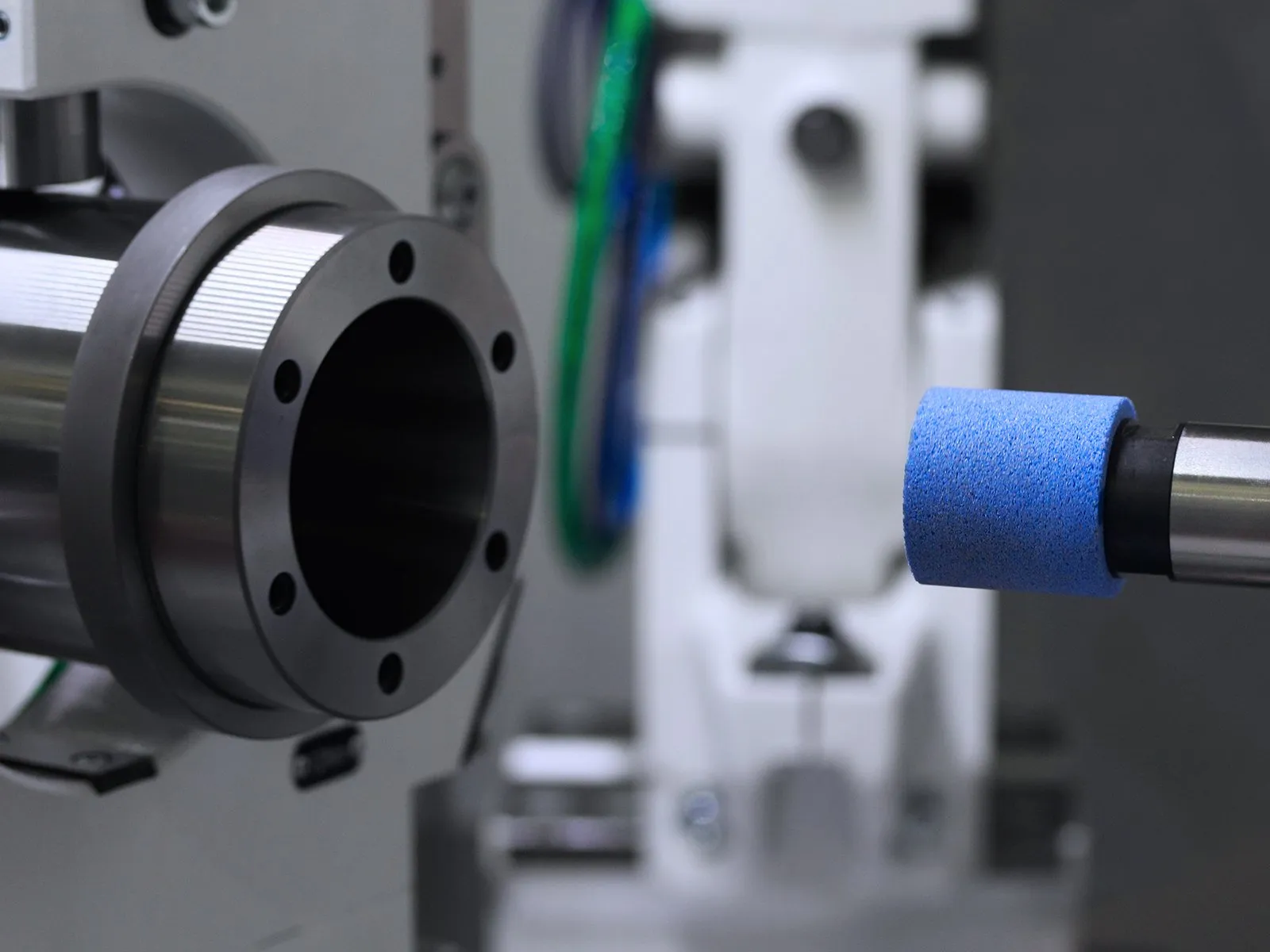If you have a part that is in need of precision grinding, you may be asking yourself, "How is precision grinding done?".
What is Precision Grinding?
Precision grinding is a metalworking process that involves removing material from a surface to reach a specific size and shape. It is used on a wide range of parts, from small to large, including turbine blades and automotive components.
Precision grinding can be done on both metal and plastic parts. The main advantage of precision grinding is its ability to achieve very close tolerances in parts with complex shapes or internal features (such as holes). Unlike other machining processes such as turning or milling, which remove material all over the part at once, precision grinding removes material only where needed while leaving adjacent surfaces untouched—which allows production rates up to three times faster than those of traditional machining methods.
Cylindrical grinding
Cylindrical grinding shapes a cylindrical part, such as a shaft or rod, by grinding it on an abrasive wheel. A cylindrical grinder can be manual or automatic. If you use a manual grinder, you must turn the part by hand while it's ground. Automatic cylindrical grinders are powered by air and have motors; they allow for greater control over how much material is removed from your part's surface and how quickly it's done.
Cylindrical grinding machines are used for grinding angular surfaces and straight lines on tubes and rods that need to retain their round shape without any taper from one end to another. You can also use these machines for deburring or polishing metal components after they've been machined with CNC milling technology (where small amounts of material are removed at high speeds).
Centerless grinding
Centerless grinding is a precision grinding process used to grind any shape or size. It can grind small or large parts, including cylindrical and flat parts. The centerless grinder is designed to handle the roughing stage of a part's life cycle, which allows for more accurate finish grinding in a subsequent step.
Which Parts Need Precision Grinding
It is essential to know which parts of your machine need precision grinding. The following are some examples:
- CNC Concept's Gear Boxes
- CNC Concept's Spindles
- Workholding Systems (Rotary Tables, Tilting Tables, etc.)
Precision grinding is a standard process for making a lot of different kinds of machines and tools. Whether you produce products for use in aerospace or medical equipment, your products must have the proper tolerances to function correctly. Precision grinding ensures that all components fit together properly and can do their job well without any issues or defects.
Surface grinding
Surface grinding is the go-to process for finishing that uses a grinding wheel to remove small amounts of material from the surface of an object. It is used to polish the surface of a part and create smooth finishes, as well as to shore up edges and remove burrs after other processes have been completed.
Surface grinding can be done using cylindrical or flat working tools, depending on the shape of your part. A cylindrical tool will only work on round workpieces; if you need to grind flat surfaces, you must use a flat tool instead.
The Precision Grinding Process
- The precision grinding process is a standard industrial method used to remove burrs and other surface imperfections from parts. Grinding can do it manually or with automated equipment; the technique is similar in both cases.
- A grinding wheel spins on a horizontal axis at high speeds (often more than 50,000 RPM). Its teeth dig into the part's surface while a rotary table moves it around 360 degrees so that all sides of the part are touched by this abrasive tool, creating an even surface finish, and removing unwanted flaws from the entire piece.
Choosing the Right Precision Grinding Equipment.
An excellent example of this is using an angle grinder instead of an orbital sander when using an angle grinder as you can adjust its speed much easier than with an orbital sander. Another example would be having a professional grind your tools because it will save you money on replacing them. Plus, they will do so more efficiently, making fewer mistakes during the process.
Tips for Successful Precision Grinding.
To ensure successful precision grinding, make sure you have the following:
- The correct equipment for precise grinding. If you're buying a tool or accessory for precision grinding, it's essential to know that it will do the job efficiently and effectively.
- The right tools and accessories. You can only do precision grinding with the right tools, including chucks and collets, coolant systems, and work-holding devices.
- Appropriate materials - Materials with relatively small surfaces requiring a high degree of parallelism, flatness, or a superior surface finish. Tolerances of up to +/- 0.0001" and achievable surface finishes of around 10 RMS (Root Mean Square). It is typically used as one of the final machining processes on a part.
Have a professional handle your precision grinding needs to ensure the best results.
Precision grinding is a very technical process requiring a skilled professional to get the best results. Precision grinding is done by qualified companies like Grindmasters Inc who know how to use the right equipment for the job, which ensures quality control and efficiency when performing precision grinding.
Conclusion
Precision grinding is a critical part of many manufacturing processes. It can remove burrs, improve part accuracy and even reduce downtime. However, you must choose the right equipment and know how to use it properly. If you need help with precision grinding, contact us today!
